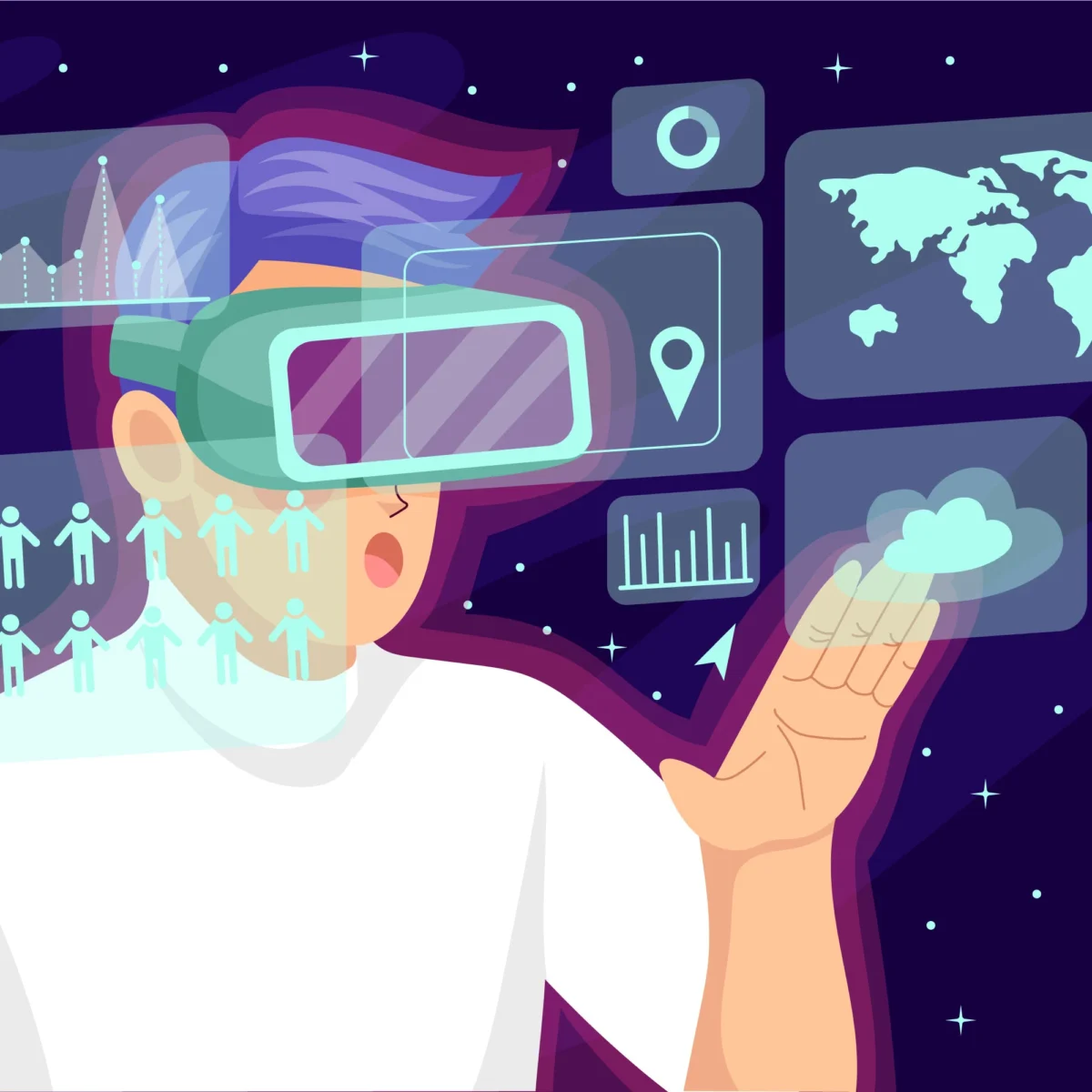1. Applied Generative AI: Your AI is Getting a Promotion
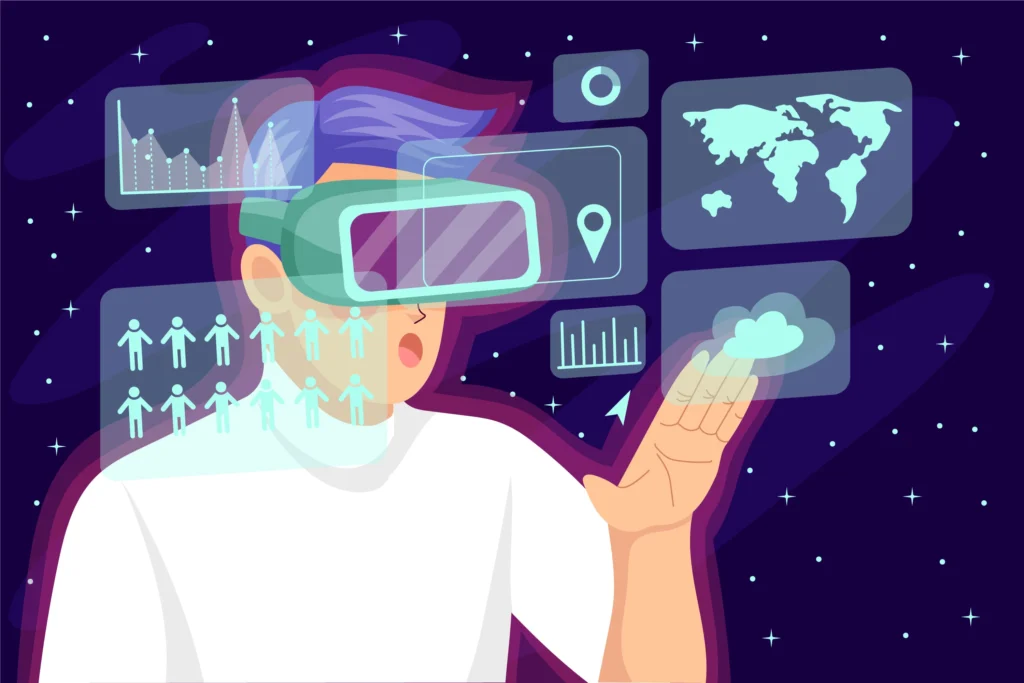
The Big Idea: You know ChatGPT and other AI that can chat. Now, imagine an AI that can do. We’re talking about autonomous agents that you can give a goal to, and they’ll execute complex, multi-step plans to achieve it. To get the concept of AI agents explained, think of them as moving from a clever tool to a digital team member.
What’s Happening Right Now: Enterprise adoption is exploding. Companies like OpenAI, Google, and Microsoft (with its Copilot) are leading the charge. These AIs are now being trusted with business-critical tasks.
Why You Should Care: This looks like AI that doesn’t just plan a logistics route but optimizes it in real-time or carries out automated supplier negotiations.
The Money Talk: The impact of this technology is projected to be worth over $1 trillion globally by 2030.
The Reality Check: The big hurdles are data security, preventing the AI from making things up (“hallucinations”), and a major shortage of talent.
2. The Quantum Inflection Point: The 'Someday' Tech is Now

The Big Idea: For decades, quantum computers were pure theory, able to explore millions of possibilities at once. That theoretical power is finally hitting a turning point, marking the real start of quantum computing commercialization.
What’s Happening Right Now: We’ve had major breakthroughs in chip stability. The giants—IBM, AWS, Google, and Microsoft—are building the hardware, and we’re seeing the first-ever ultracold quantum sensors used for navigation in space.
Why You Should Care: This will allow us to solve “impossible” problems, like discovering new drugs by simulating molecules or creating the next generation of uncrackable cryptography.
The Money Talk: The quantum tech market is expected to rocket past $90 billion by 2030.
The Reality Check: The hardware is still commercially “nascent” (very new), facing huge costs and high error rates.
3. 5G-Powered Intelligent Edge: Smart Devices are Getting Their Own Brains
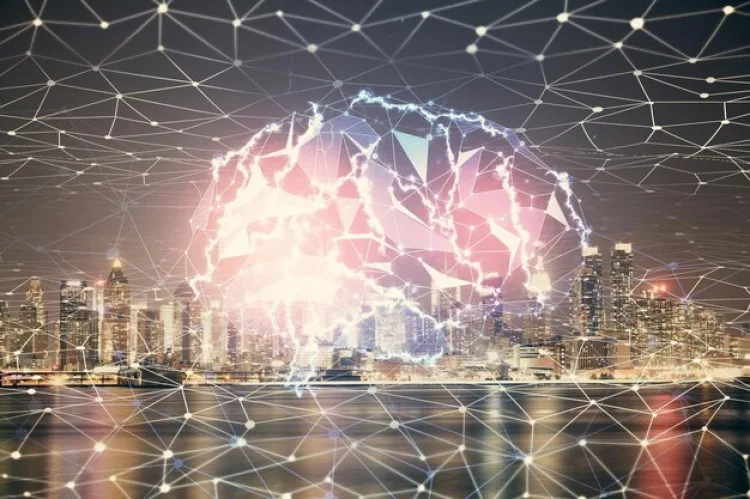
The Big Idea: Instead of sending data to a central “cloud” server, “edge computing” does the thinking right there on the spot. 5G is the super-fast connection that makes this real-time intelligence possible.
What’s Happening Right Now: AI and Machine Learning are now being “baked in” to the edge hardware itself. The key players here are the ones building the chips and networks: Qualcomm, Ericsson, HPE, and Cisco.
Why You Should Care: This translates to a factory machine that predicts its own failure or a fleet of delivery trucks that optimizes its own routes instantly.
The Money Talk: This sector is seeing explosive growth, with a projected annual growth rate of over 20% through 2030.
The Reality Check: The future depends on solving major cybersecurity challenges and having robust 5G infrastructure everywhere.
4. Immersive Experiences: The Rise of XR and the Spatial Web

The Big Idea: The line between the digital and physical worlds is dissolving. The combination of XR and the Spatial Web—which includes Virtual and Augmented Reality—is creating a new reality where digital content isn’t trapped on a screen but is part of the environment around you.
What’s Happening Right Now: Apple’s VisionOS, Meta’s Quest, and Microsoft Mesh are setting the standard. Companies are using this for context-aware training, architectural design, and remote collaboration.
Why You Should Care: Imagine virtual meeting rooms where you can collaborate on 3D product designs or an architect who can walk through a full-scale digital model of a building on the actual construction site.
The Money Talk: The immersive tech market could top a massive $150 billion by 2030.
The Reality Check: Widespread adoption is held back by high hardware costs, the complexity of creating compelling content, and significant privacy concerns.
5. Humanoid Robotics: The Robots Are Learning to Walk Among Us
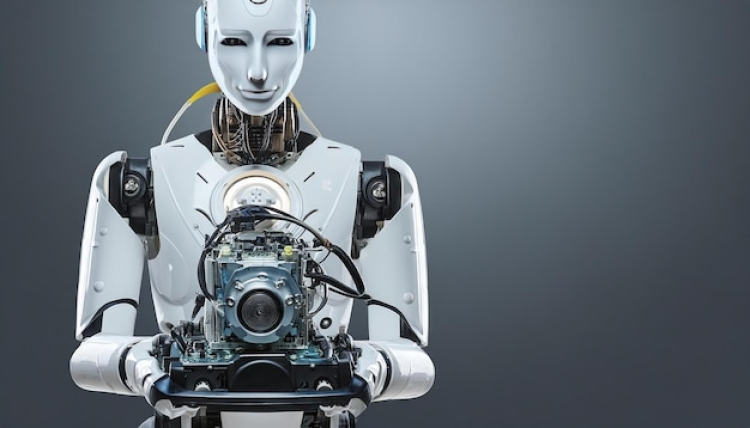
The Big Idea: For the first time, humanoid robotics are moving out of YouTube demos and into actual pilot programs in real-world environments. These aren’t just robot arms on an assembly line; they are bipedal machines designed to navigate human spaces.
What’s Happening Right Now: We’re seeing the first industrial deployments of two-legged robots, with major advances in dexterity and vision. The companies to watch are Tesla (with Optimus), Figure AI, and the legendary Boston Dynamics.
Why You Should Care: They are being tested for picking and packing items in warehouses, assisting with eldercare, and collaborating with people on complex industrial tasks.
The Money Talk: The humanoid robot market alone is projected to hit $13.8 billion by 2028.
The Reality Check: Huge obstacles remain: they are incredibly expensive, safety is paramount, and there’s a major challenge in gaining public trust.
6. The Bioengineering Revolution: Hacking the Code of Life
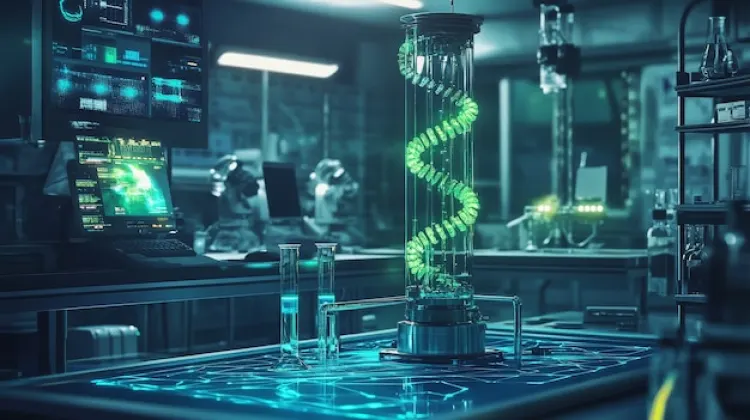
The Big Idea: Using tools like CRISPR, we can now edit genes with stunning precision. This field, known as synthetic biology, is moving from the lab to commercial scale, allowing us to program living organisms to do amazing things.
What’s Happening Right Now: Personalized gene therapies are becoming a reality, and automated DNA synthesis is allowing us to design new biomaterials. Big pharma and startups like CRISPR Therapeutics and Moderna are at the forefront.
Why You Should Care: This is leading to entirely new ways to develop drugs, engineering crops to be more sustainable, and creating new bio-based materials to replace plastics.
The Money Talk: The sector is on track to hit $100 billion by 2030.
The Reality Check: The challenges are immense: strict regulatory oversight, safety risks, and profound ethical debates about “editing” life.
7. Next-Gen Batteries: Powering the Green Energy Stack

The Big Idea: The lithium-ion battery was a game-changer, but we’re hitting its limits. The revolution of next-gen batteries is here: solid-state batteries, lithium-sulfur, and hydrogen fuel cells, all managed by smart AI to create a stable green energy grid.
What’s Happening Right Now: 2025 is the year of pilot deployments. Toyota and Mercedes are testing solid-state batteries in their vehicles, which promise higher energy density and are much safer.
Why You Should Care: This means an electric car that can drive 1,000 kilometers on a single charge or a power grid that can reliably store massive amounts of solar and wind energy.
The Money Talk: Solid-state batteries alone could drive $400 billion in new value by 2035.
The Reality Check: The barriers are high costs, extreme manufacturing complexity, and long development cycles.
8. The AI-Driven Cybersecurity Shield: An Automated Defense

The Big Idea: The bad guys are using AI to launch sophisticated attacks, so the only way to fight back is with even smarter AI. The effective use of AI in cybersecurity is creating an autonomous system that detects threats in real-time based on a “zero trust” model (trust nothing, verify everything, continuously).
What’s Happening Right Now: AI is being used for continuous identity verification and to give users a “trust score.” Security Operations Centers are being augmented with AI to spot threats humans would miss.
Why You Should Care: This is the invisible shield protecting you through behavioral anomaly detection and automatically neutralizing ransomware attacks in seconds.
The Money Talk: This market is projected to be over $150 billion by 2027, led by giants like Palo Alto Networks and CrowdStrike.
The Reality Check: The biggest risk is that the attackers’ AI is getting smarter too.
9. Decentralized Identity (Web3): Taking Back Your Digital Passport
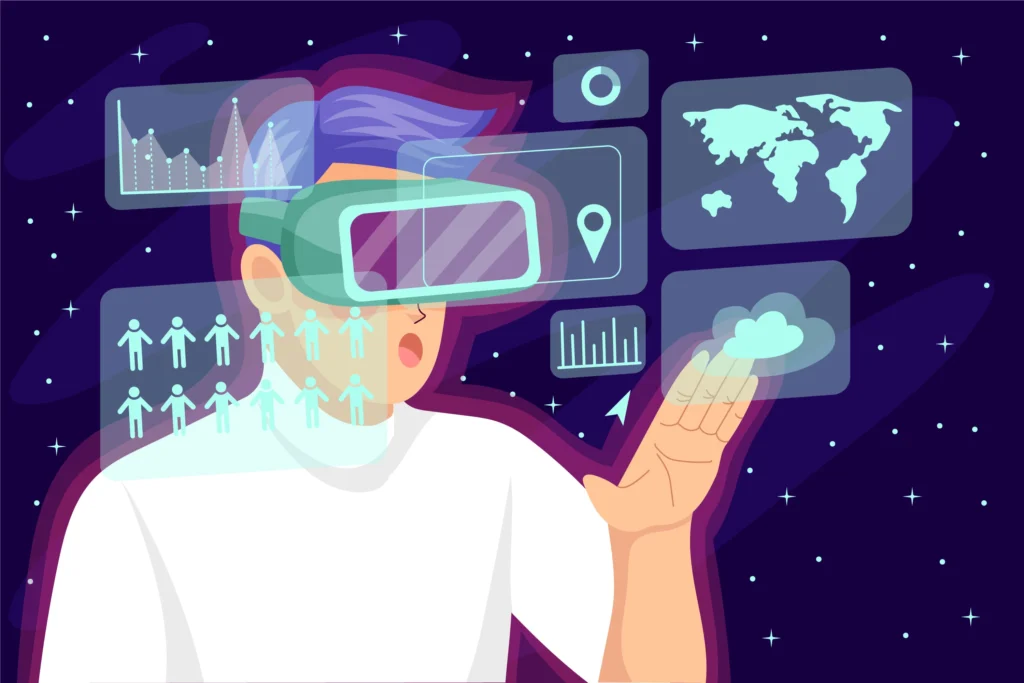
The Big Idea: Right now, your online identity is owned by big corporations. The technology of Decentralized Identity (Web3) is building a new foundation where you control your own data through a concept called “self-sovereign identity.”
What’s Happening Right Now: We’re seeing the launch of verifiable, portable digital IDs. The builders in this space include ConsenSys, Polygon, Filecoin Foundation, and Civic.
Why You Should Care: This can radically reduce financial fraud and give you full control over who sees your health data.
The Money Talk: Market estimates vary, but it’s expected to exceed $60 billion by 2030.
The Reality Check: Major challenges include getting different systems to work together and making the technology easy enough for the average person to use.
10. Advanced Materials & Neuromorphic Computing: Building from the Atoms Up

The Big Idea: This is where physics and computing collide. We are designing revolutionary materials and building “neuromorphic” chips that are structured to mimic the human brain. The potential of advanced materials like graphene—an atom-thick sheet of carbon that’s 200 times stronger than steel—is immense.
What’s Happening Right Now: We’re seeing breakthroughs in graphene semiconductors and the first commercial trials of neuromorphic chips. IBM, Intel, and Samsung are all pushing hard in this area.
Why You Should Care: These brain-like chips can run AI tasks using a tiny fraction of the power, leading to new battery chemistries and super-fast sensors.
The Money Talk: The neuromorphic chip market alone could reach $8 billion by 2030.
The Reality Check: These are fundamentally hard things to create, with complex manufacturing and high costs.

